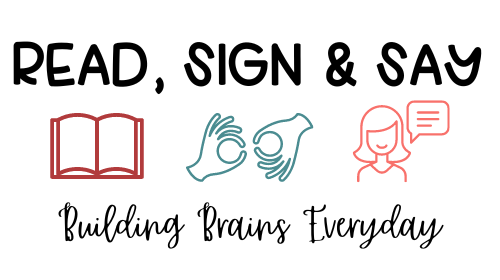Unless you are a neuroscientist, you may not be familiar with the term synaptic pruning. I did not know much about it until learning about the developing brain.
What is synaptic pruning? What does it have to do with the developing brain of a baby?
Synaptic pruning is a natural process that happens in the brain during early childhood.
When we are born
Our brains have a lot of connections between neurons, kind of like an overgrown garden. As we grow and learn, our brains start to figure out which connections are important and which ones are not so important. It’s like a gardener trimming away the excess plants to let the important ones grow better.
During synaptic pruning
… the brain gets rid of the extra connections that are not being used very much. It’s like the gardener removing the plants that are not growing well or aren’t needed anymore. This process helps the brain become more efficient and focused.

By pruning away the unnecessary, not used often, or unused connections, the brain can make room for new connections that are important for learning and development.
It’s like planting new seeds in the garden to help it grow better.
Synaptic pruning is a way for the brain to tidy up and optimize its connections, allowing us to learn and adapt more effectively as we grow older.
Why is this valuable information? Knowing how highly efficient the brain is during early childhood (birth to five), we need to strive the strengthen as many neuro connections, as possible to prevent them from being pruned.
The time is NOW to grow your baby’s brain! Starting at BIRTH!
To learn more about the synaptic pruning that takes place in the brain of your little one, check out the digital course, Secrets to A Smart Baby and Later Successful Student.

